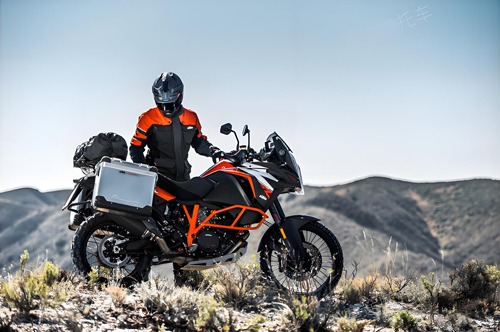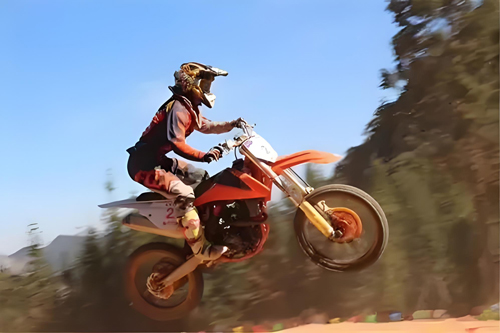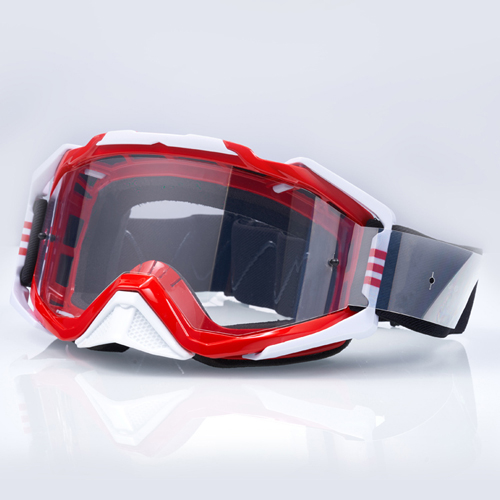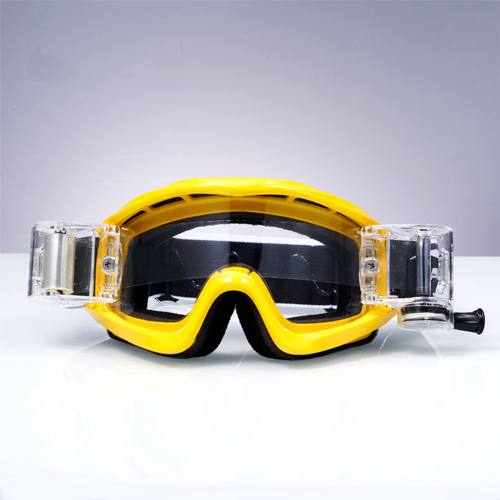Motocross Goggles: Key Considerations for Selection and Usage
In the realm of motocross sports, goggles are indispensable protective gear. They safeguard riders’ eyes from external elements such as windblown sand, gravel, tree branches, and other debris while providing clear vision in challenging off-road environments. Selecting the appropriate pair of goggles is a complex process that involves multiple factors. This article will provide a comprehensive guide on what to consider when choosing and using motocross goggles.

Key Factors for Choosing Goggles
(1) Material
The material composition of goggles significantly influences their performance and durability. Lenses are typically manufactured from polycarbonate (PC) or similar polymer materials. Polycarbonate lenses offer superior impact resistance, effectively protecting against high-speed impacts from flying objects. Additionally, they possess excellent optical properties, ensuring a clear and undistorted field of view. When selecting goggles, it is crucial to verify that the lens material complies with safety standards and avoid substandard products that may compromise eye safety.
The frame material is equally important. High-quality frames are constructed from lightweight, high-strength materials like injection-molded thermoplastics. These materials ensure comfort during extended wear while maintaining flexibility and resistance to deformation. During off-road riding, the motorcycle may encounter rough terrain or crashes, and the frame’s flexibility can prevent pressure or injury to the eyes caused by external forces.
(2) Field of Vision
Motocross riding often involves navigating difficult terrain and changing environments, making the field of vision critical. A wide field of view allows riders to anticipate obstacles, potholes, or bends in advance, enabling timely and accurate responses. When selecting goggles, prioritize models with a broad field of view. The shape and size of the lens directly affect the field of view; wider lenses provide a broader horizontal perspective, while curved designs minimize visual blind spots. Frame design should be simple and unobtrusive to avoid obstructing the line of sight.
(3) Anti-Fog Performance
Fogging is a common issue during cross-country riding, especially in humid conditions or when there is a significant temperature difference. Fogged lenses impair visibility and compromise riding safety. Therefore, anti-fog performance is a crucial factor. Quality goggles incorporate advanced anti-fog technologies, such as an anti-fog coating on the lens surface, which prevents water vapor condensation and maintains clear vision.
Some models enhance anti-fog effectiveness through optimized frame design and increased air circulation, such as side vents that promote airflow inside and outside the lenses. When purchasing goggles, consult sales staff about the product’s anti-fog features and check for relevant technical descriptions.
(4) Fit and Sealing
The fit and sealing of goggles directly impact their protective efficacy. Properly fitting goggles remain secure during rides and provide a seal that prevents dust, sand, and other particles from entering the eyes. Choose goggles based on your face shape and helmet size. The frame should fit snugly but not overly tight to avoid discomfort. Sealing is typically achieved with soft silicone or rubber gaskets around the edges. Test the goggles’ seal by blowing air or exposing them to dusty environments to ensure no significant air or dust leakage.
(5) Brand and Quality Certification
While brand name is not the sole indicator of quality, well-known brands often provide greater assurance. Reputable manufacturers implement stringent quality control measures throughout production, from raw material procurement to finished product inspection. Their products undergo rigorous safety testing and certification, such as impact resistance and optical performance tests that meet international standards. Look for certifications like CE (European Safety Standard) or ANSI (American National Standards Institute) to ensure the product has passed thorough safety and quality evaluations.

Use and Maintenance of Goggles
(1) Correct Wearing
Ensure compatibility between your helmet and goggles to prevent discomfort or impaired vision. When wearing goggles, the frame edge should fit closely to the face, with the sealing ring fully contacting the skin. Adjust the tightness so that the goggles remain secure without causing pressure. If wearing a helmet, put on the goggles first, followed by the helmet, ensuring both fit tightly together. Avoid frequent adjustments during rides to maintain safety.
(2) Cleaning and Maintenance
Proper cleaning and maintenance extend the lifespan and performance of goggles. Clean lenses with specialized cleaners and soft cloths to avoid scratches or damage to the anti-fog coating. Rinse lenses with clean water to remove dust and dirt, apply a small amount of detergent, gently wipe with a clean cloth, rinse again, and dry with a clean cloth. For the frame, rinse with water and wipe with a soft cloth to remove stains and dust. Store goggles in a dry, cool place away from direct sunlight and high temperatures to prevent lens deformation or frame aging. Place goggles in a protective case to avoid damage from squeezing or collisions.

Personalized Selection of Goggles
Beyond basic considerations, goggles can be personalized based on individual preferences and riding needs. Lens color selection depends on riding environments and weather conditions. Dark lenses (e.g., gray, brown) block UV rays and reduce glare in sunny conditions, minimizing eye fatigue. Light-colored lenses (e.g., yellow, transparent) improve clarity and contrast in cloudy or low-light conditions. Some goggles feature interchangeable lenses, allowing riders to switch lenses according to different scenarios for convenience and practicality.
In terms of design, goggles come in various styles, from simple and functional to stylish patterns and personalized decorations. Riders can choose based on preferences and riding style, but prioritize basic protective functions and performance requirements.
Summary
Motocross goggles are essential for ensuring riding safety. Selecting suitable goggles requires considering material, field of vision, anti-fog performance, fit and sealing, brand, and quality certification. Proper usage, including correct wearing methods, cleaning, maintenance, and regular inspections, ensures optimal performance and longevity. Personalized selection enhances the riding experience. In conclusion, choosing and using the right goggles allows riders to enjoy the thrill of motocross while protecting their eyes.
When purchasing goggles, consult professionals and try different brands and models to find the best fit. Avoid cheap, low-quality goggles, as protecting the eyes is paramount.









